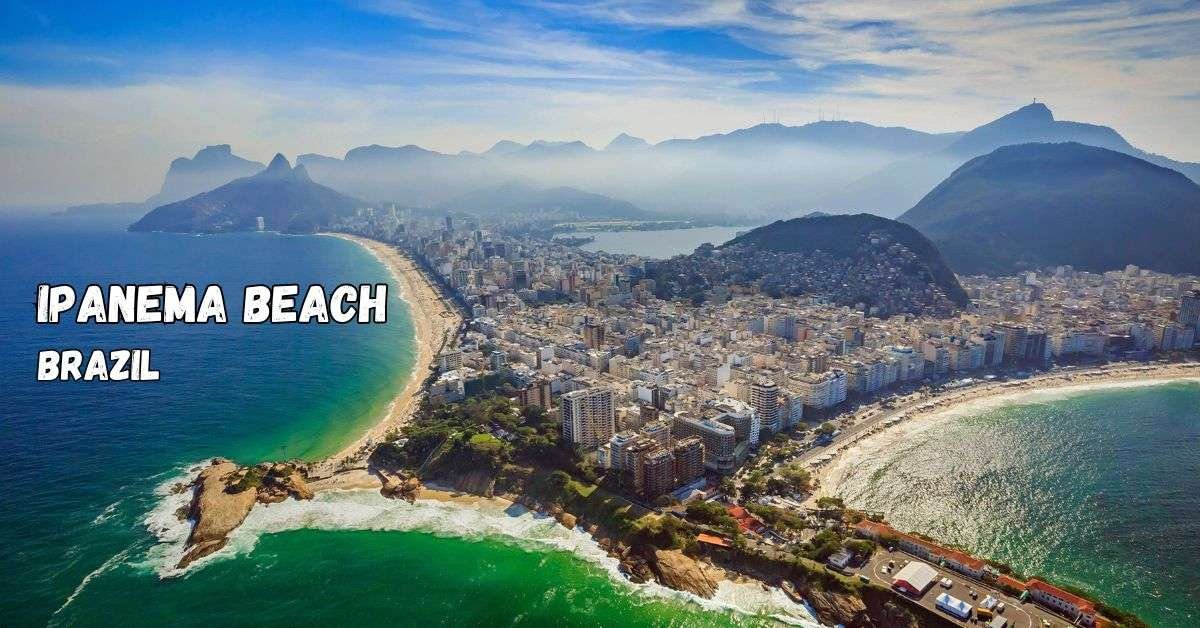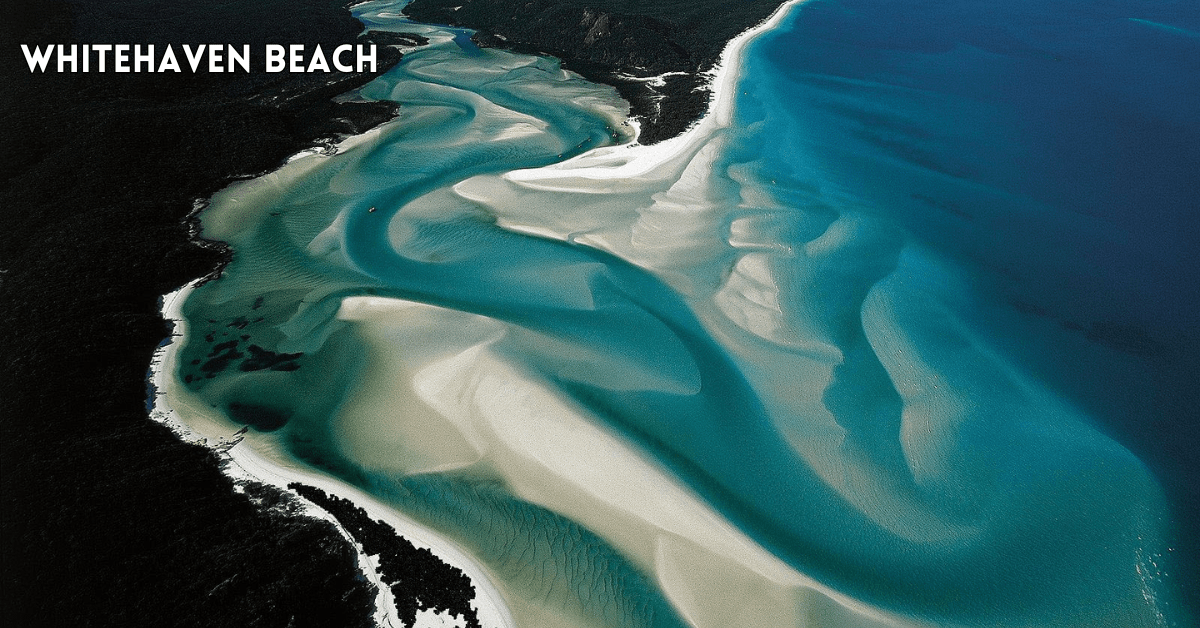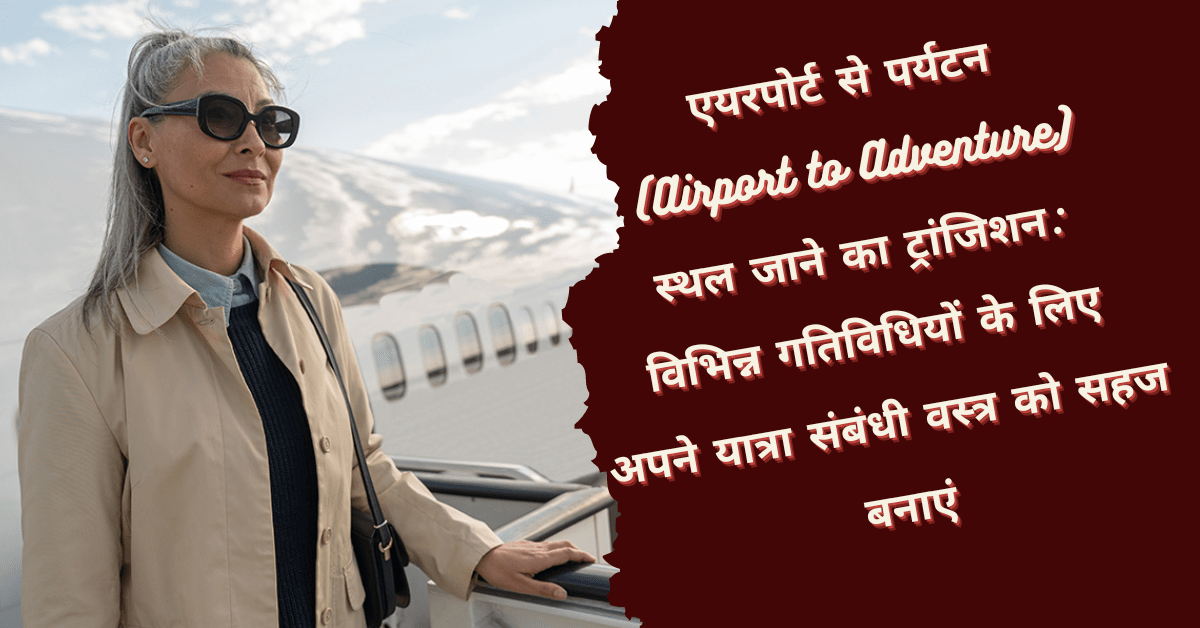Introduction:
In an era where technology seamlessly integrates into every aspect of our lives, traveling maps continue to play a pivotal role in enhancing our exploration experiences.
Beyond the convenience of GPS and navigation apps, there is a fascinating world behind the creation, evolution, and cultural significance of traveling maps.
Join me on this journey as we unravel the art and science of navigating the world through maps.

The Evolution of Traveling Maps:
Maps have come a long way from the ancient parchment scrolls and hand-drawn charts.
The evolution of cartography has been a testament to human ingenuity and a reflection of our ever-expanding knowledge of the world.
From early maps adorned with sea monsters to modern, interactive digital maps, each iteration tells a unique story of our collective exploration.
Digital Mapping and GPS Technology:
The advent of digital mapping technology has revolutionized the way we navigate the world. Global Positioning System (GPS) technology, initially developed for military purposes, has become an indispensable tool for travelers.
Smartphones equipped with GPS capabilities and navigation apps have made it easier than ever to explore unfamiliar territories, providing real-time directions and information about nearby points of interest.
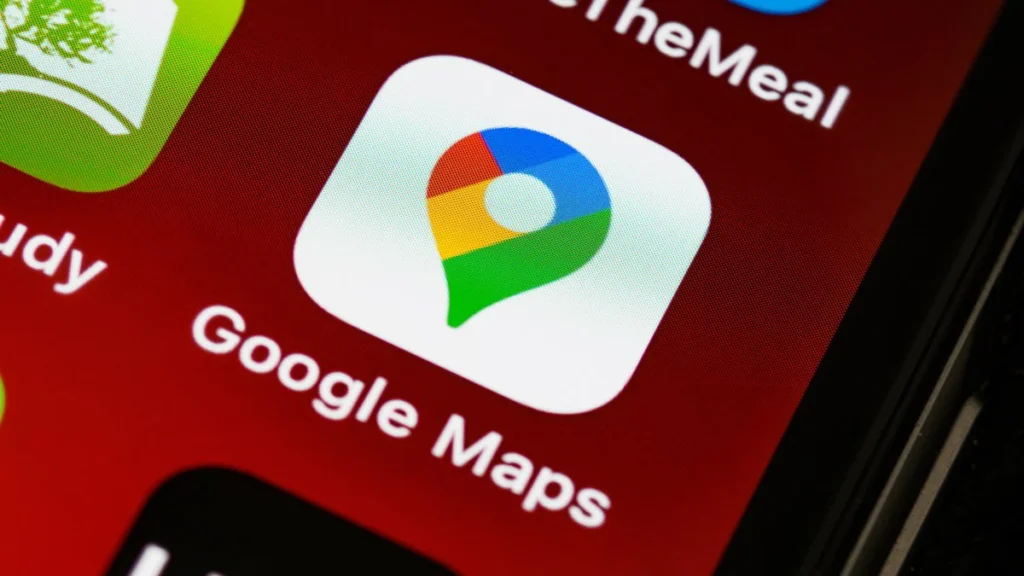
The Power of Geographic Information Systems (GIS):
Behind the scenes, Geographic Information Systems (GIS) play a crucial role in creating dynamic and interactive maps.
GIS technology allows us to overlay various layers of information, from topography and climate data to cultural landmarks and historical sites.
This multidimensional approach enhances our understanding of the places we visit and aids in efficient trip planning.

Cultural and Artistic Dimensions:
Beyond their practical utility, maps also carry cultural and artistic significance.
Old maps tell stories of exploration and conquest, showcasing the biases and limitations of the time. Modern mapmakers often infuse creativity into their work, producing visually stunning representations of landscapes and cityscapes.
Maps become not just tools for navigation but also pieces of art that capture the essence of a place.
Hidden Gems and Local Insights:
While digital maps provide a wealth of information, there’s something special about stumbling upon hidden gems and local insights.
Engaging with locals, exploring off-the-beaten-path destinations, and immersing oneself in the culture of a place cannot be fully captured by a digital map.
Traveling maps, in their various forms, serve as a starting point for exploration, but the true adventure lies in the experiences beyond the plotted routes.
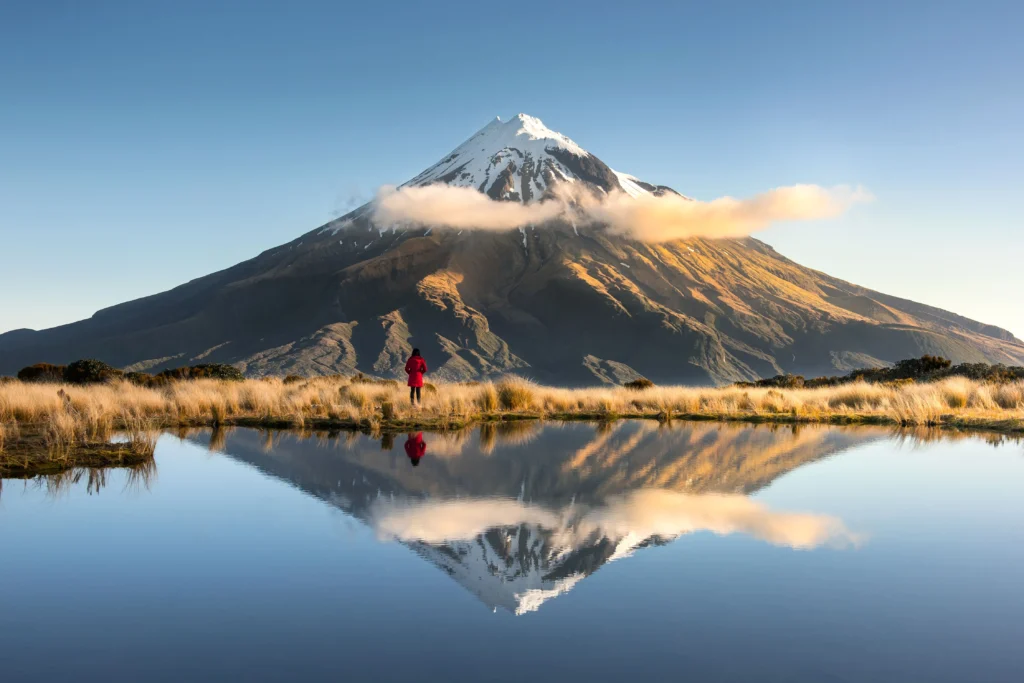
Conclusion:
As we continue to explore the world, traveling maps remain our faithful companions, guiding us through both familiar and uncharted territories.
Whether in the form of ancient manuscripts, foldable paper maps, or interactive digital applications, maps offer a glimpse into the vast and diverse landscapes that make up our planet.
So, the next time you embark on a journey, take a moment to appreciate the art and science behind the map that guides you—a tangible link between the past, present, and future of our collective exploration.


